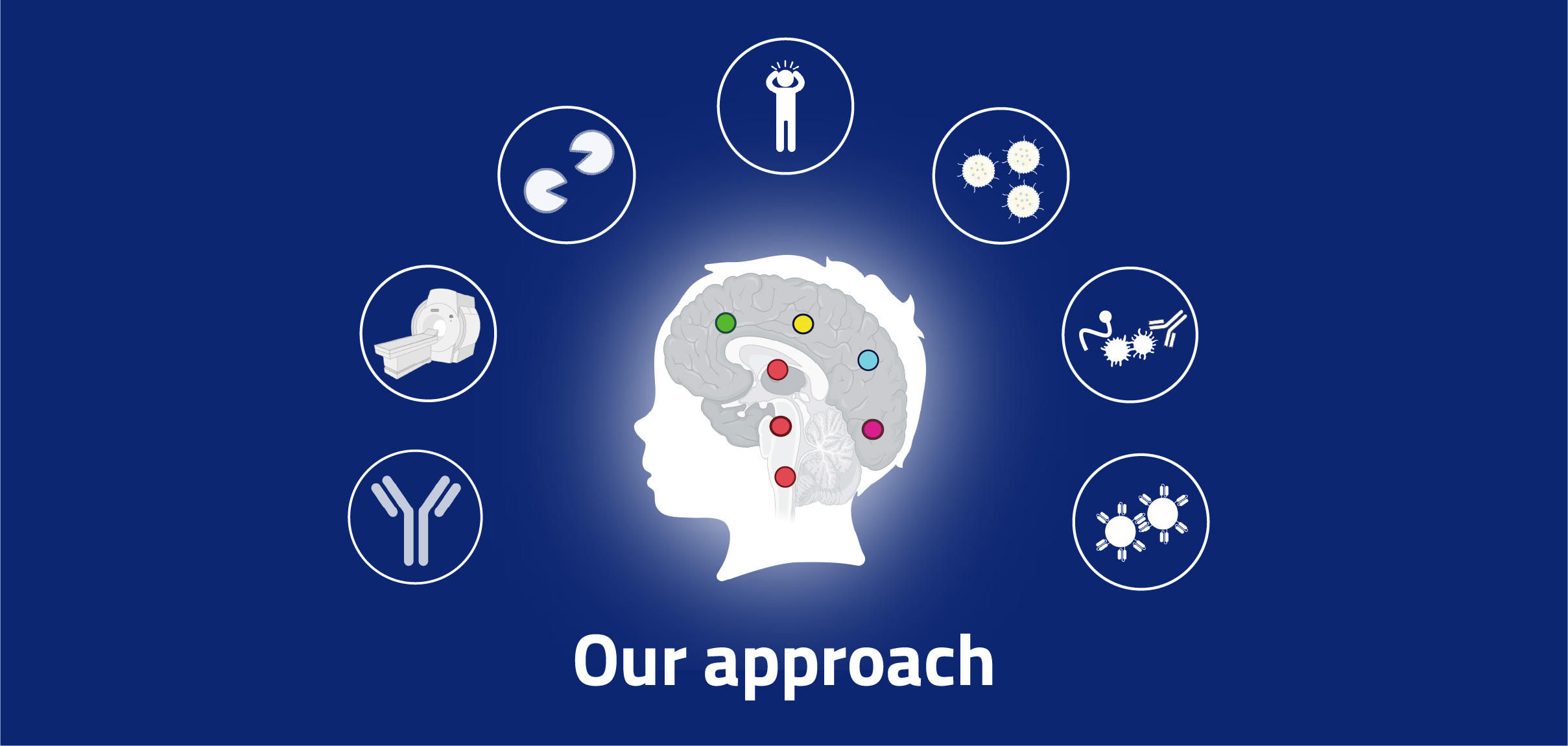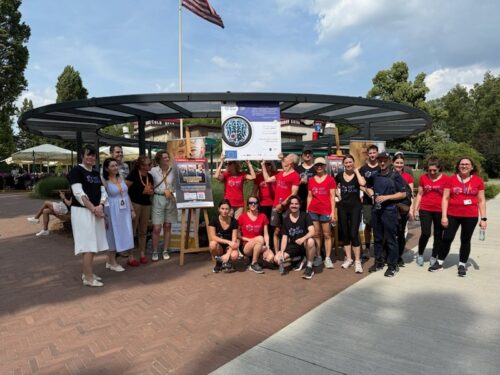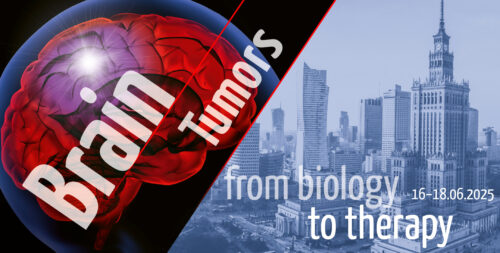The HIT-GLIO project is funded by the European Union.
Our aim goes beyond simply broadening understanding of tumour–host interactions and improving the effectiveness of treatments for paediatric high-grade gliomas (pHGG). We are deeply committed to enhancing the quality of life for both patients and their caregivers.

4th CLEPIC
Join us for the 4th CLEPIC meeting which will take place in Naples, Italy on June 11-13, 2025.
6th Brain tumors
Join us for the 6th Brain tumors: form biology to therapy conference which will take place in Warsaw, Poland on June 11-13, 2025.
Events
Check out upcoming events
Publications
Browse our latest scientific articles and research reports.
HIT-GLIO Charity Run
The HIT-GLIO Charity Run, co-organized in collaboration with the Nasze Dzieci Foundation, took place as part of the EU-funded Horizon Europe…
Brain Tumors 2025 – From Biology to Therapy
Vom 16. bis 18. Juni 2025 war das Nencki-Institut für Experimentelle Biologie Gastgeber der 6. internationalen Konferenz „…

